Czechs love fat, especially chewing the fat, Czech style.
Literally.
Škvarky translates to lard or pork crackings, and we cook with it and we eat it on bread.
Yes, you read that right.
Now you may be thinking what’s with the fat sandwiches?
We Czech eat open-faced fat sandwiches and then we wash it down with a hearty beer.
Good stuff.
Sometimes, we nibble on the meat pieces that were attached to the fat and we eat them like chips. Little cracklin’ crispy bites of bacony goodness.
In Central America, they’re called Chicharrón. I know this because I used to order them there too and they were just as good.
In some cultures, when the pig is killed and the fat is rendered – the white creaminess and the little browned chunks are the pride of the entire project.
They sure taste like they are.
But back to chewing the fat…
Lard has always been an important cooking and baking staple in cultures where pork is an important dietary item, the fat of pigs often being as valuable a product as their meat.
Now the makers of margarine want us to think that butter is bad in the same way that the makers of oil want us to think that lard is bad. The fact is that lard has been enjoyed by our ancestors for thousands of years.
Mmmmm, look at how tasty this looks.
My great-great-grandmother lived to the ripe old age of 102, and she grew up on nice big dollops of lard. She also ate homemade sauerkraut and drank gallons of fresh cream topped milk.
During the 19th century, lard was used in a similar fashion as butter in North America and many European nations. Lard was also held at the same level of popularity as butter in the early 20th century and was widely used as a substitute for butter during World War II. As a readily available by-product of modern pork production, lard had been cheaper than most vegetable oils, and it was common in many people’s diet until the industrial revolution made vegetable oils more common and more affordable.
It’s great to bake with too – it lends moisture and tenderness without adding or taking away any flavor.
It’s power packed with vitamin D. Lard is the second highest food source of vitamin D, after cod liver oil.
Old television programs show kids having to choke down a tablespoon of cod liver oil and all of them hated it. Happy Czech children eat lard on their bread and ask for seconds. Seriously! One tablespoon of lard contains 1,000 IU’s of vitamin D but perhaps even more important is that vitamin D is a fat-soluble vitamin so it requires fatty acids – including saturated fatty acids – to be absorbed and utilized in the body.
Lard provides the perfect package of vitamin D along with the required fatty acid cofactors.
You can buy lard from your local farmer for about $8 a quart or ask your butcher for pastured hog fat and render it yourself. We take this on at least once every two months to keep a nice stock of lard handy.
Nothing beats lard for sautéing and deep-frying. It creates a divinely brown crust without leaving any distinct flavor.
But who needs it for cooking when you can just place it on some bread, cover it with some coarse salt and onions and eat…
When the double bonds in mono or polyunsaturated fats break, the fatty acid undergoes a process called oxidation. Oxidation is bad. Why? Well, in a nutshell, oxidized fats = free radicals and free radicals = cell damage. While we inevitably have some free radicals in our body, we should minimize these damaging molecules as much as possible to protect health and reduce inflammation.
Guess what?
The percentage of saturated fat in lard protects the more vulnerable mono or polyunsaturated fats from oxidizing with heat, making lard an excellent choice for both cooking and baking.
People back then consumed lard as a spread on bread and it was once very common in Europe and North America, especially in areas where dairy fats and vegetable oils were rare.
Lard also gives the body the good kind of cholesterol. Providing cholesterol through good quality fats reduces the burden on the body to produce cholesterol. Dietary cholesterol from a whole food like lard actually supports inflammation management and hormone production.
Some people see this and immediately think it looks like a heart attack waiting to happen.
Wrong.
Lard is part of a healthy diet and will not give you heart attack. That is a myth. Our great-great-grandparents consumed lots of lard and butter and yet they experienced extremely low rates of heart disease.
Look at the facts:
- An analysis of more than 300,000 people published in the American Journal of Clinical Nutrition shows that there is no evidence that saturated fat consumption raises the risk of heart disease.
- A low fat diet has been shown to increase triglycerides, which is a risk factor for heart disease.
- The Women’s Health Initiative studied nearly 50,000 postmenopausal women – one group of women were told to follow a low fat diet, and the other group continued to eat “normally.” After 8 years, there was no difference in the rate of heart disease or cancer between the groups.
- Numerous other large studies have found no benefit to a low fat diet.
- The director of the large Framingham Heart Study concluded, “We found that the people who ate the most cholesterol, ate the most saturated fat, ate the most calories, weighed the least and were the most physically active.”
Saturated fat intake raises HDL cholesterol, which is associated with a reduced risk of heart disease. - The “diseases of modern civilization” including heart disease and diabetes skyrocketed as animal fats were replaced with factory fats including vegetable oils and margarine.
- The cholesterol content of lard is health-protective, not dangerous.
It’s good for you and it’s good.
There is even more information at the following article: The Saturated Fat Myth and Heart Disease.
In Germany, lard is called Schweineschmalz (literally translated ‘rendered fat from swine’) and it has been a longtime favorite as a spread. It is served plain, or mixed with seasonings. Pork fat can is also sometimes enhanced with small pieces of pork skin, called Grieben to create Griebenschmalz. Other recipes contain small pieces of apple or onion. Schmalzbrot (“bread with Schmalz”) can be found on the menu in grounded restaurants or brewery pubs all over Germany. Schmalzbrot is often served as Griebenschmalz on rye bread accompanied with pickled gherkin.
In Poland is often served as a starter. It is mixed with fruit, usually chopped apple, and spread on hearty and thick slices of bread.
But Czechs love it with their beer. Also served in almost every pub and Pilsner even made a video…
[youtube]https://www.youtube.com/watch?v=uCP4YMh9m-4[/youtube]
Dobrou Chut!
Sources: ACJN Nutrition, JCI, Jama Network, Authority Nutrition, PubMed, igurmet, Wikipedia, Prima Zeny, Pauline’s Cookbook, Hello Unknown, Skvarene Sadlo, Nejedle Recepty.
Remember, we rely solely on your donations to keep the project going.
We know that you could spend hours, days, weeks and months finding some of this information yourselves – but at this website, we curate the best of what we find for you and place it easily and conveniently into one place. Please take a moment today to recognize our efforts and make a donation towards the operational costs of this site – your support keeps the site alive and keeps us searching for the best of our heritage to bring to you.Thank you in advance!
If you have not already subscribed to get TresBohemes.com delivered to your inbox, please use the form below now so you never miss another post.

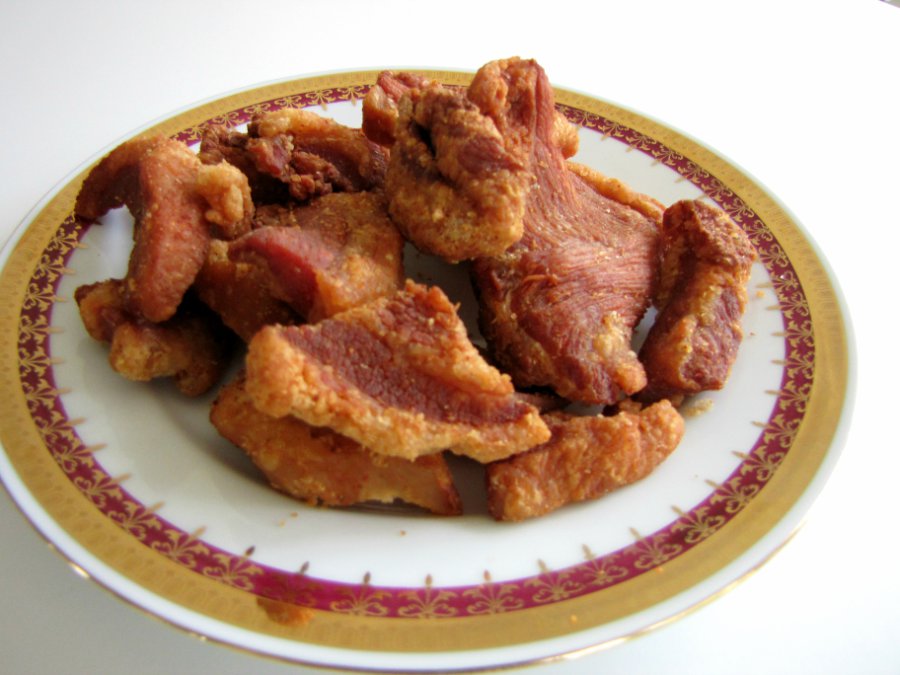
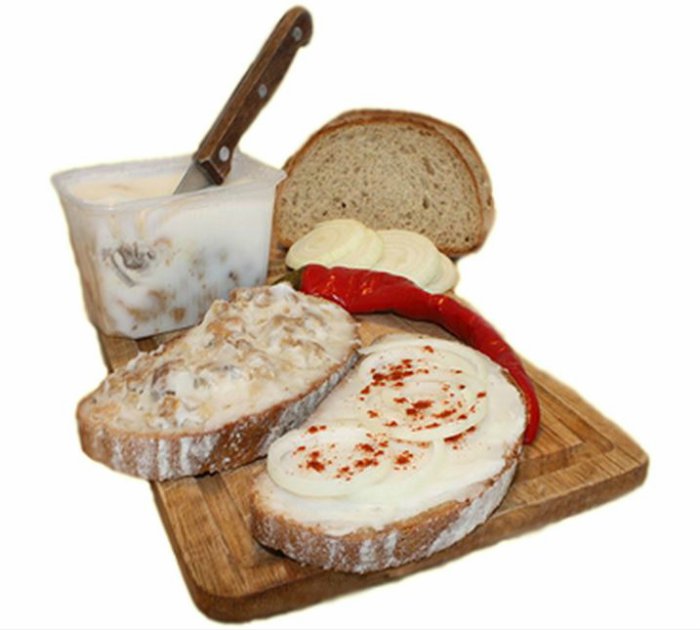
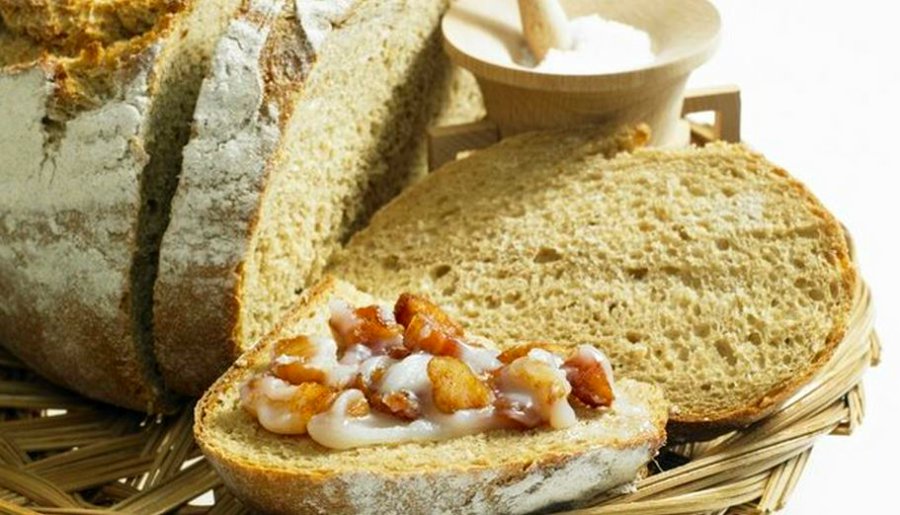
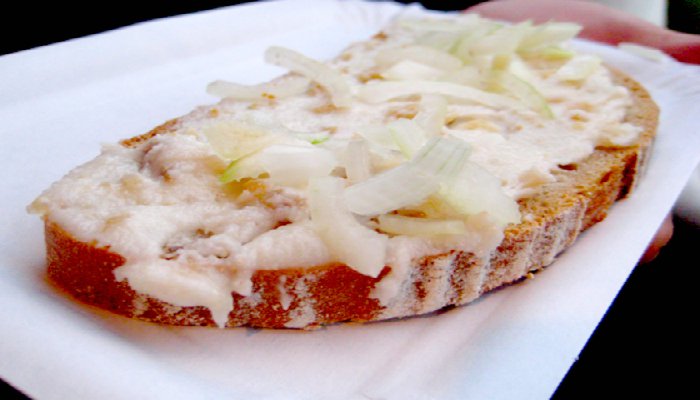
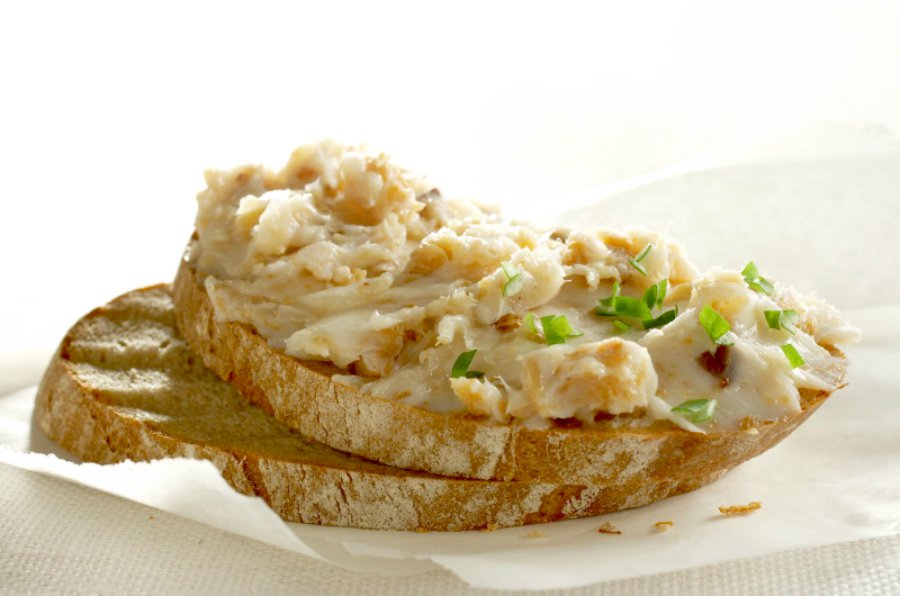
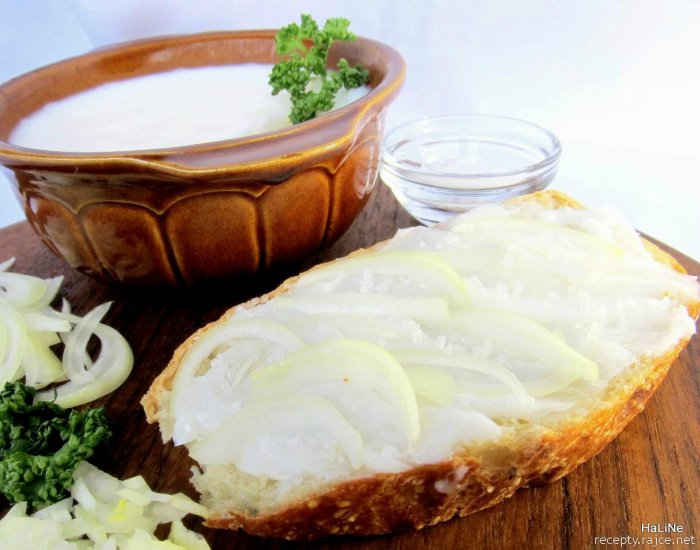
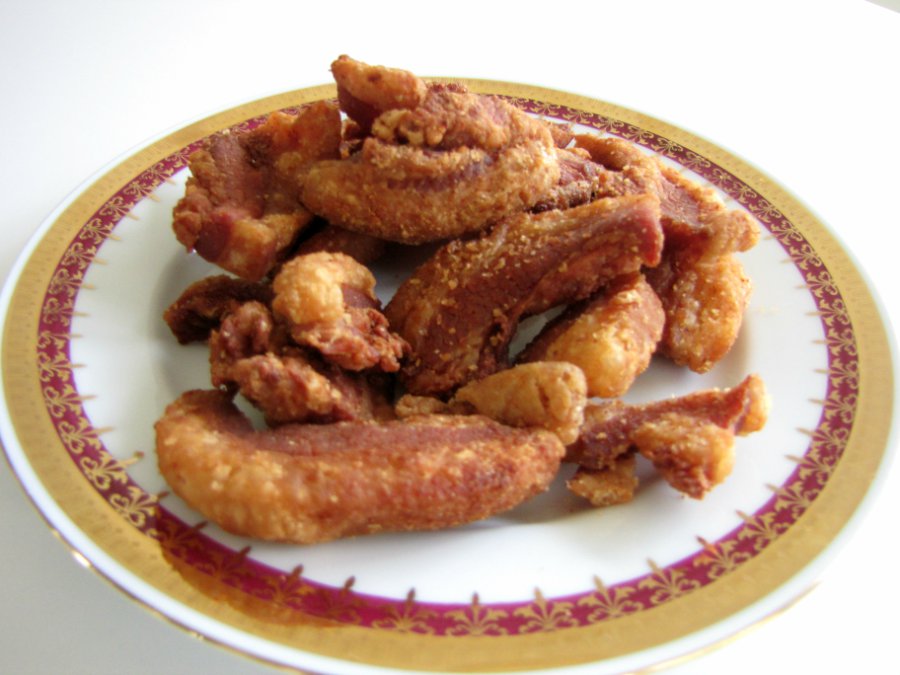
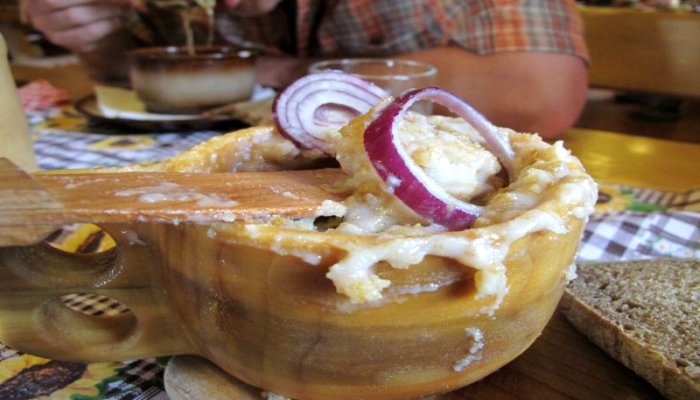


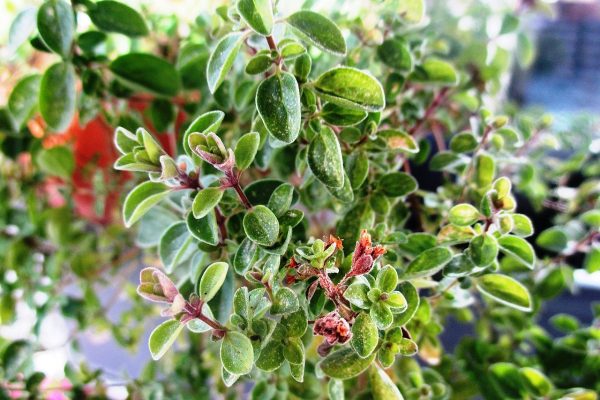
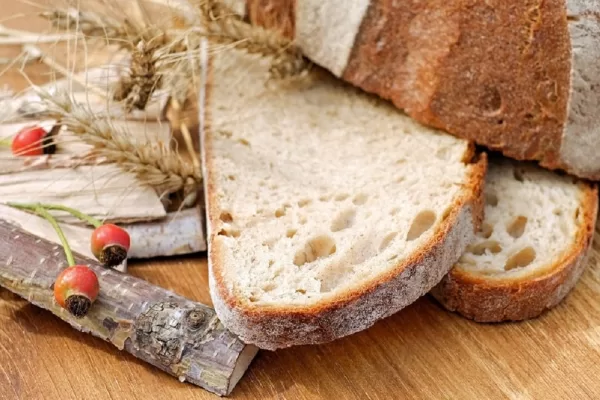
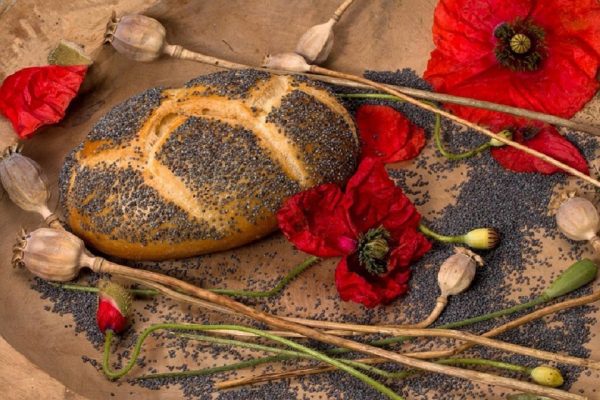















Kytka, All of it is so delicious!!!!!
I like all your cooking!!!!
Yum, Yum, Yum.
Very good!!!!